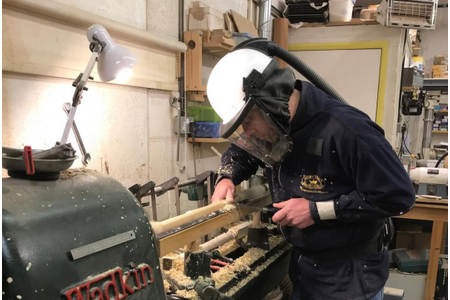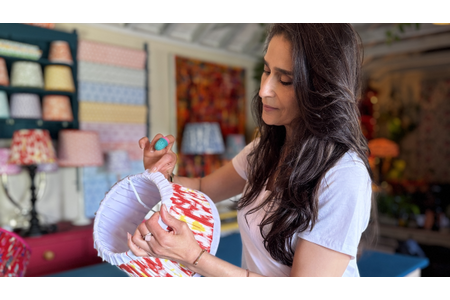I'm not an artist!
That was what I told myself when I enrolled at West Dean College Summer School in August 2013. It felt pretentious to think that I might be able to produce, in only a week, a piece of work that wasn't total cr**. But I was ready for a challenge so signed up for "Sculpting the Human Figure (in Clay)", a course taught by professional sculptor, Ian Edwards. It sounded impossibly ambitious.
It was a warm summer's evening when I drove up the curving, gravelled drive in front of an imposing flint mansion. This is the home of a remarkable college in the heart of the Sussex Downs where accomplished artists rub shoulders with complete beginners and where you can learn everything from furniture-making to photography and silver-working to sculpture. There are year-long diploma programmes, a Foundation and extensions to MA/MFA qualifications, but during the summer the place is given over to aspiring artists and crafts-people of mixed abilities. Some are here to "have a go"; others to improve their already considerable skills.
As a producer of factual television programmes at the BBC, being creative was in the job description with daily discussions around ideas, scripts and editing. But, throughout my working life, I had used my head not my hands. This would be uncharted territory. Would creativity flow from my fingertips into the clay to produce a mini-masterpiece? I could only hope.







